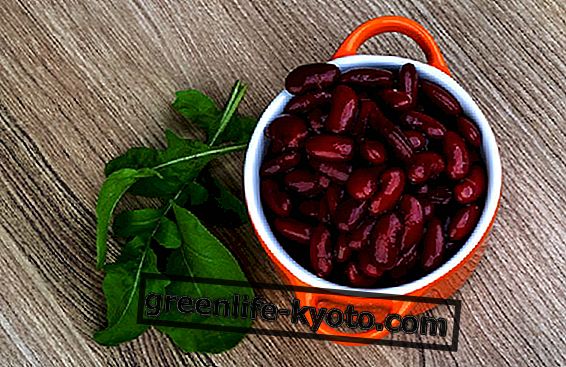By Eva Sacchi Hunter, Nutritionist
Mopur, or vegetable meat, is a derivative of wheat produced by the natural fermentation of wheat. Easily digestible it is cholesterol free and has high protein and energy intake. Let's find out better.
>
>
>
>
Wheat, one of the main ingredients of mopur

What is mopur
Mopur is the Sanskrit name of the god who presides over the sprouting of wheat and it is precisely from the observation of sprouting that the idea of this product is born, also known as " vegetable meat ", derived from the processing of wheat.
Its production is based on a natural wheat fermentation process that uses the action of a natural yeast specifically developed to produce this food with unique characteristics. This process, designed by Beniamino Anzalone and covered by a patent, allows the creation of a completely vegetable product absolutely free of animal fats and proteins, but with a "micro-fibrillar" structure similar to meat.
The ingredients of Mopur are the following: vital wheat gluten, chickpea flour (or other legumes), hard and soft wheat, extra virgin olive oil, coconut oil, natural fermentation yeast, yeast extract, soy sauce, potato, onion, pepper powder, garlic powder, salt and water.
Properties and characteristics
During the Mopur process the proteins are broken down into single free amino acids, bringing the gluten - the main component of the dough - to very low levels and ensuring easy digestibility and a high protein and energy intake.
Being vegetable-based, it is also an essentially cholesterol-free food with low fat (7% vegetable fats), sugar and calories and its aging makes the amino acids more easily assimilated by the body.
These characteristics therefore bring considerable nutritional benefits and make vegetable meat a versatile dish suitable not only for vegans and vegetarians, but for everyone.
Like mopur, miso is also a substitute for animal proteins: find out better

Nutritional values of the mopur
We have seen that the mopur is made up of a part of wheat gluten and a part of legume flour (chickpeas, lentils, lupins, etc.). A greater quantity of wheat will make the consistency more copatta, vice versa, with a greater quantity of legumes a softer consistency will be obtained.
For about 100 grams of product the vegetable meat has an energy value of 250 Kcal; 28 g of protein; 1.3 g of sugars; 7 g of fats of which 3.7 saturated, 2.6 monosaturates and 0.7 polysaturates; 0.2 g of fibers; 0.6 g of sodium and 148 mg of potassium.
Discover the properties of lupine flour, used in the preparation of mopur
Use in the kitchen
The mopur is offered in various forms, from stew to fillet, from roast to sausage, from burger to ground. It is therefore possible to prepare various dishes such as hors d'oeuvres with bresaola seasoned sliced meat, ragù for pasta, braised meat, pizzaiola, cutlet, stew, and meatballs. It is suitable for both simple and quick dishes as well as more elaborate preparations.
A recipe with mopur
Pizzaiola mopur fillet
Ingredients : fillet, onion or shallot, peeled or pureed tomatoes, extra virgin olive oil, salt, pepper.
Procedure: Fry the onion with the oil in a non-stick pan for a few minutes, then add the peeled tomatoes (or the puree) and season with salt and pepper. When the tomato is hot, add the fillet in the pot and cover with the sauce. Cook for at least another 10 minutes and serve hot accompanied by grilled vegetables.













